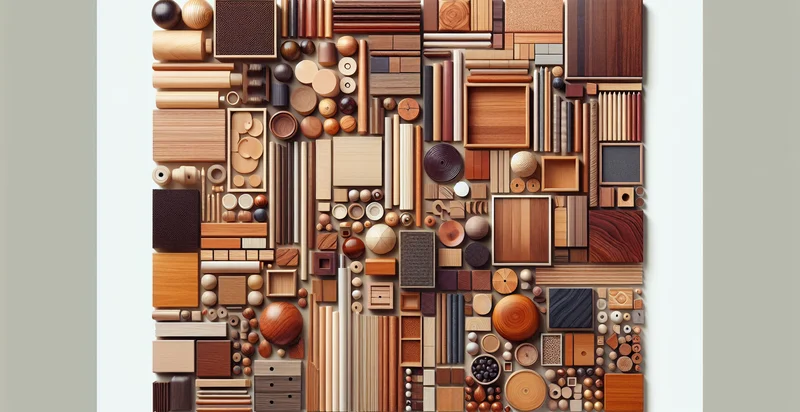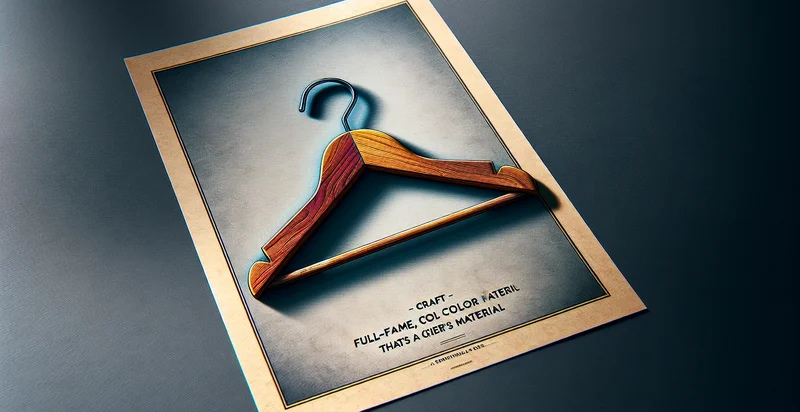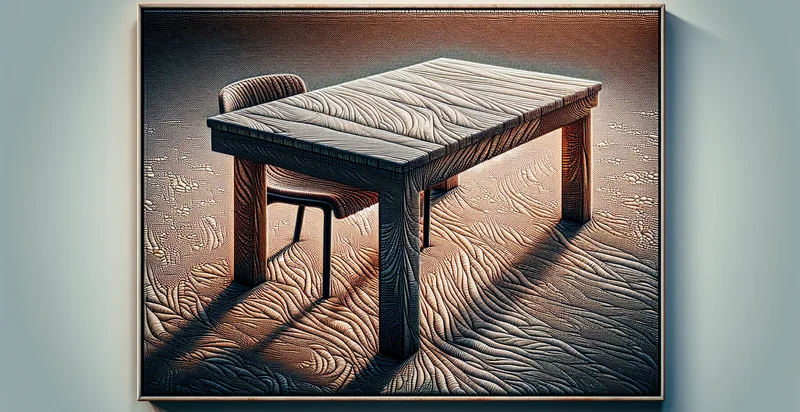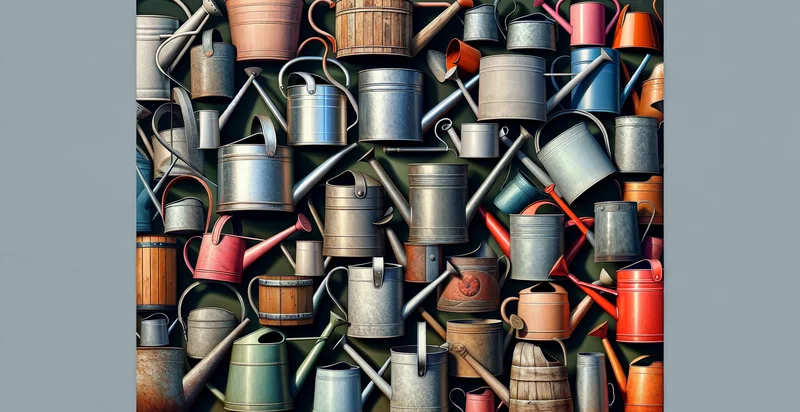Identify what material a cabinet is made from
using AI
Below is a free classifier to identify what material a cabinet is made from. Just upload your image, and our AI will predict what material a cabinet is made from - in just seconds.

Contact us for API access
Or, use Nyckel to build highly-accurate custom classifiers in just minutes. No PhD required.
Get started
import nyckel
credentials = nyckel.Credentials("YOUR_CLIENT_ID", "YOUR_CLIENT_SECRET")
nyckel.invoke("what-material-a-cabinet-is-made-from", "your_image_url", credentials)
fetch('https://www.nyckel.com/v1/functions/what-material-a-cabinet-is-made-from/invoke', {
method: 'POST',
headers: {
'Authorization': 'Bearer ' + 'YOUR_BEARER_TOKEN',
'Content-Type': 'application/json',
},
body: JSON.stringify(
{"data": "your_image_url"}
)
})
.then(response => response.json())
.then(data => console.log(data));
curl -X POST \
-H "Content-Type: application/json" \
-H "Authorization: Bearer YOUR_BEARER_TOKEN" \
-d '{"data": "your_image_url"}' \
https://www.nyckel.com/v1/functions/what-material-a-cabinet-is-made-from/invoke
How this classifier works
To start, upload your image. Our AI tool will then predict what material a cabinet is made from.
This pretrained image model uses a Nyckel-created dataset and has 15 labels, including Acrylic, Composite, Concrete, Fiberboard, Glass, Laminate, Leather, Mdf, Metal and Particle Board.
We'll also show a confidence score (the higher the number, the more confident the AI model is around what material a cabinet is made from).
Whether you're just curious or building what material a cabinet is made from detection into your application, we hope our classifier proves helpful.
Related Classifiers
Need to identify what material a cabinet is made from at scale?
Get API or Zapier access to this classifier for free. It's perfect for:
- Material Identification for Furniture Retail: Retailers can utilize false image classification to quickly categorize cabinets based on their material composition, aiding customers in selecting the right furniture for their needs. This function can streamline inventory management by helping staff locate items and improve marketing strategies through targeted promotions.
- Quality Assessment in Manufacturing: Manufacturers can incorporate false image classification to automate quality control processes. By identifying materials used in cabinet production, they can ensure adherence to material specifications, reducing defects and improving overall product quality.
- Sustainability Audit: Companies focused on sustainability can use image classification to analyze the materials of cabinets within their supply chains. This information can help businesses make informed decisions about sourcing more eco-friendly materials, thus enhancing their environmental responsibility.
- Interior Design Services: Interior designers can apply false image classification to better understand cabinet materials when selecting pieces for client projects. This insight can help designers create cohesive aesthetics and ensure that materials meet the client's desires for durability and style.
- Home Inspection Services: Home inspectors can utilize false image classification to assess the quality and material of cabinets in residential properties during inspections. This function can provide clients with insights about potential renovation needs and the longevity of cabinetry.
- Insurance Claim Processing: Insurance companies can leverage image classification to verify material claims related to cabinetry damages. This can expedite the claims process by providing quick, reliable assessments of the materials involved, ensuring accurate compensation.
- Educational Tool for Vocational Training: Vocational training programs can integrate false image classification to teach students about different cabinet materials and their properties. This application can enhance hands-on learning experiences and better prepare students for careers in woodworking and furniture design.


